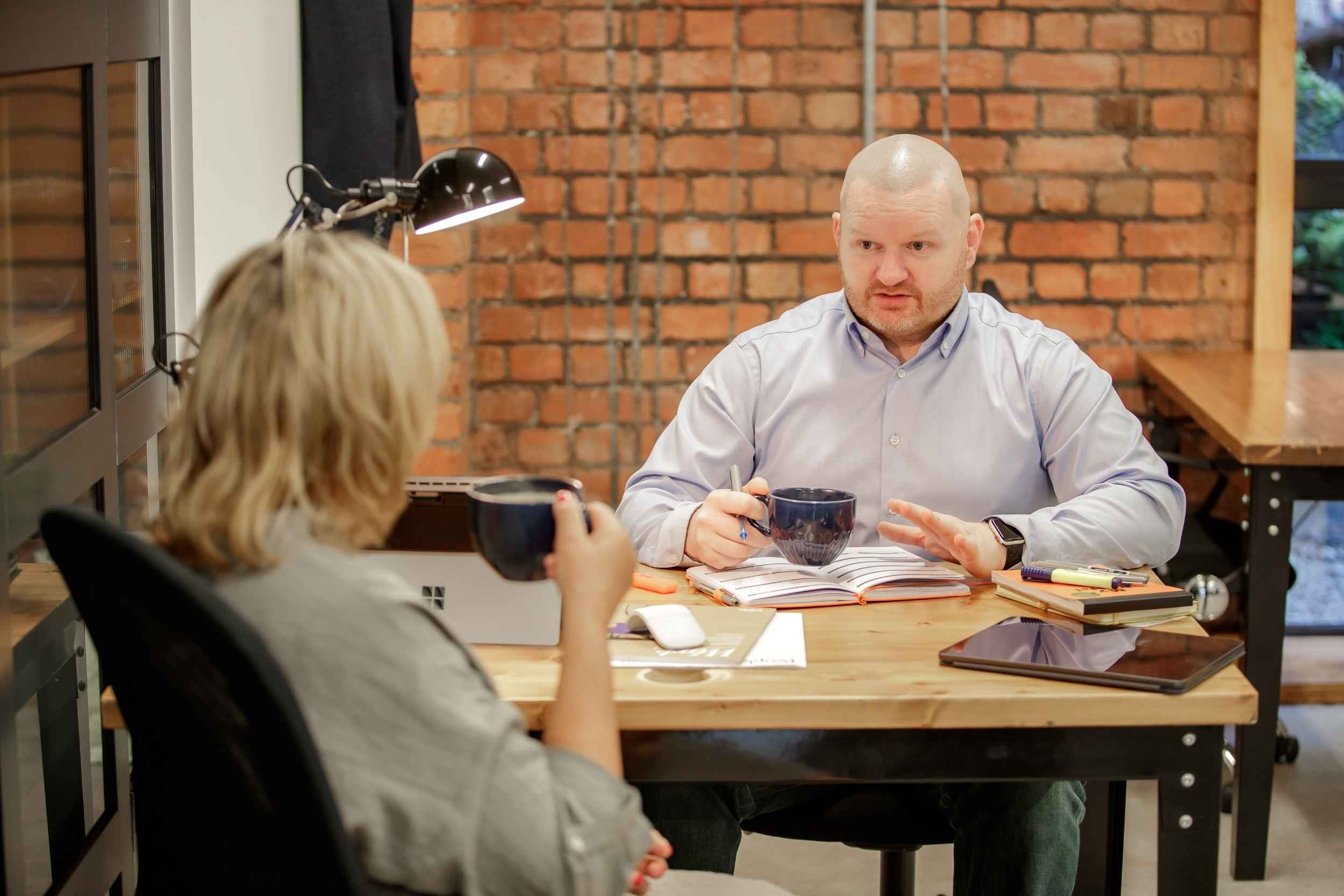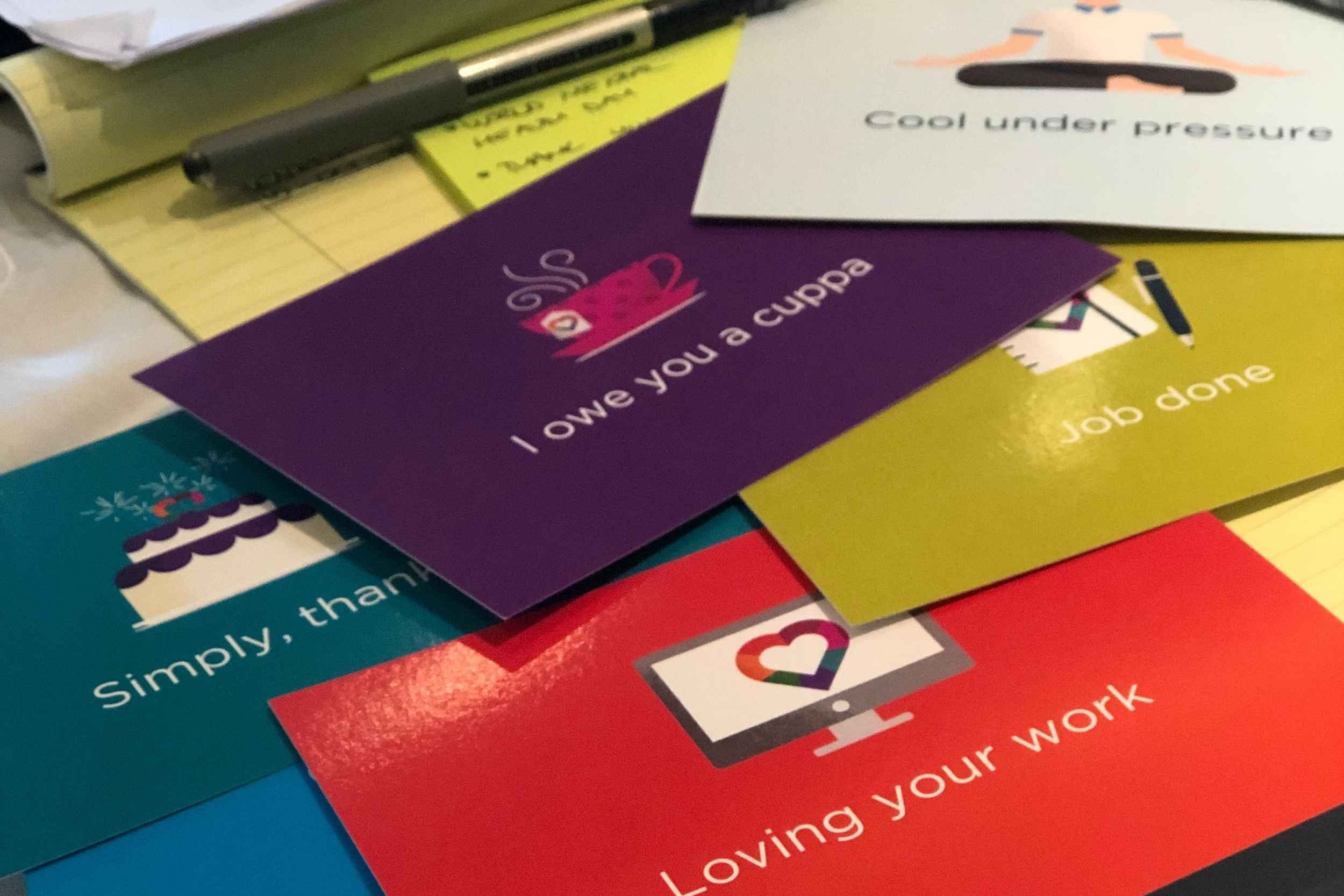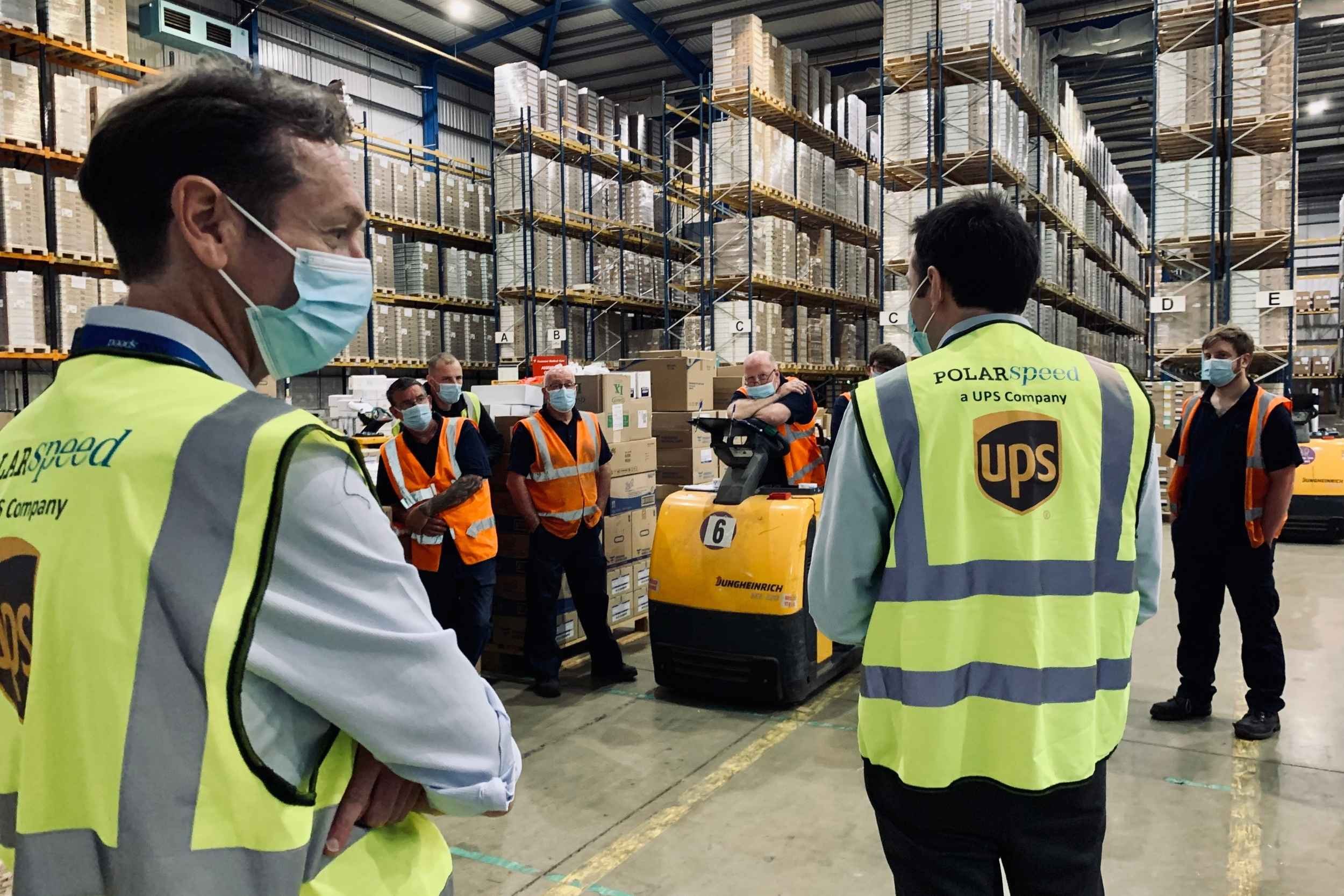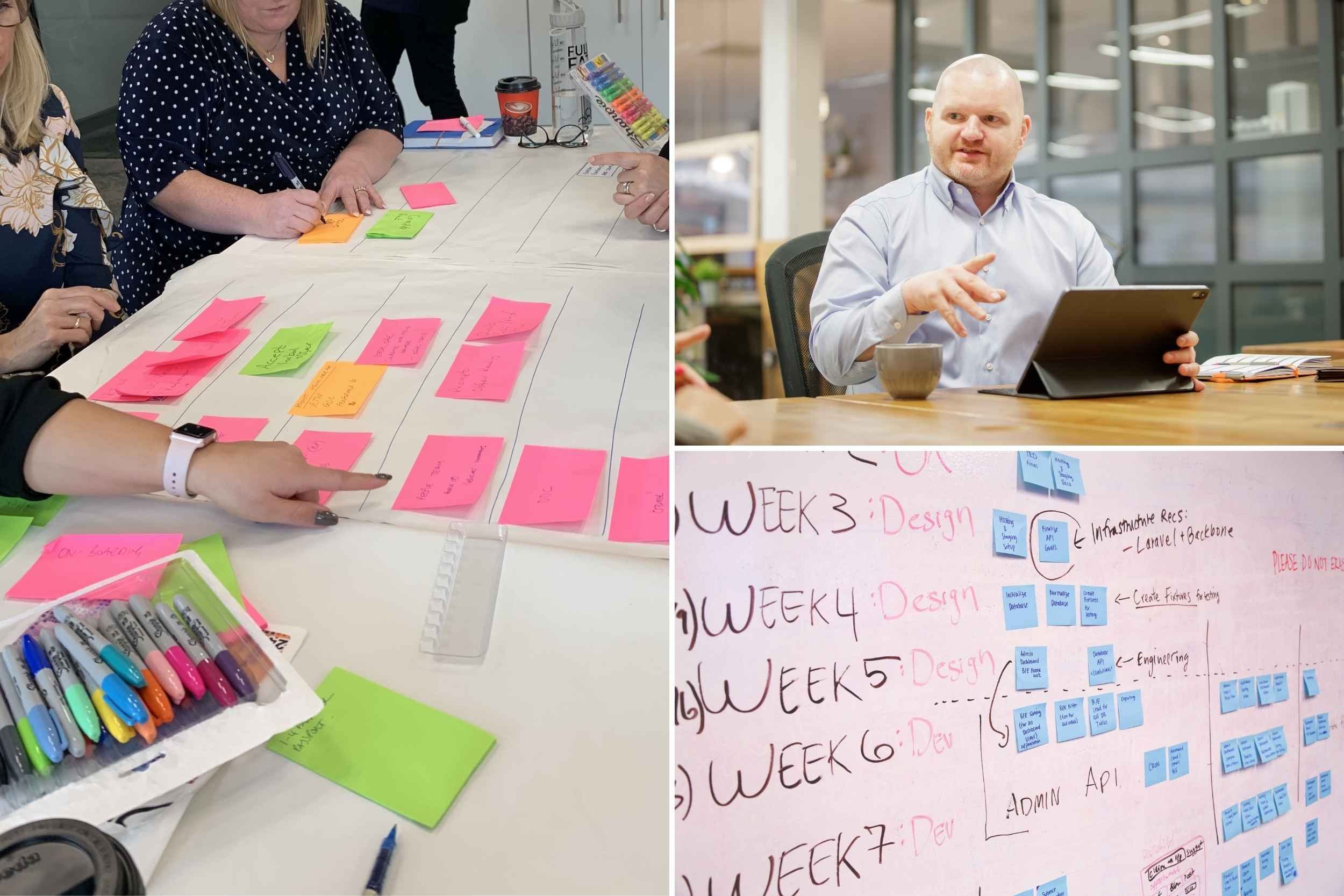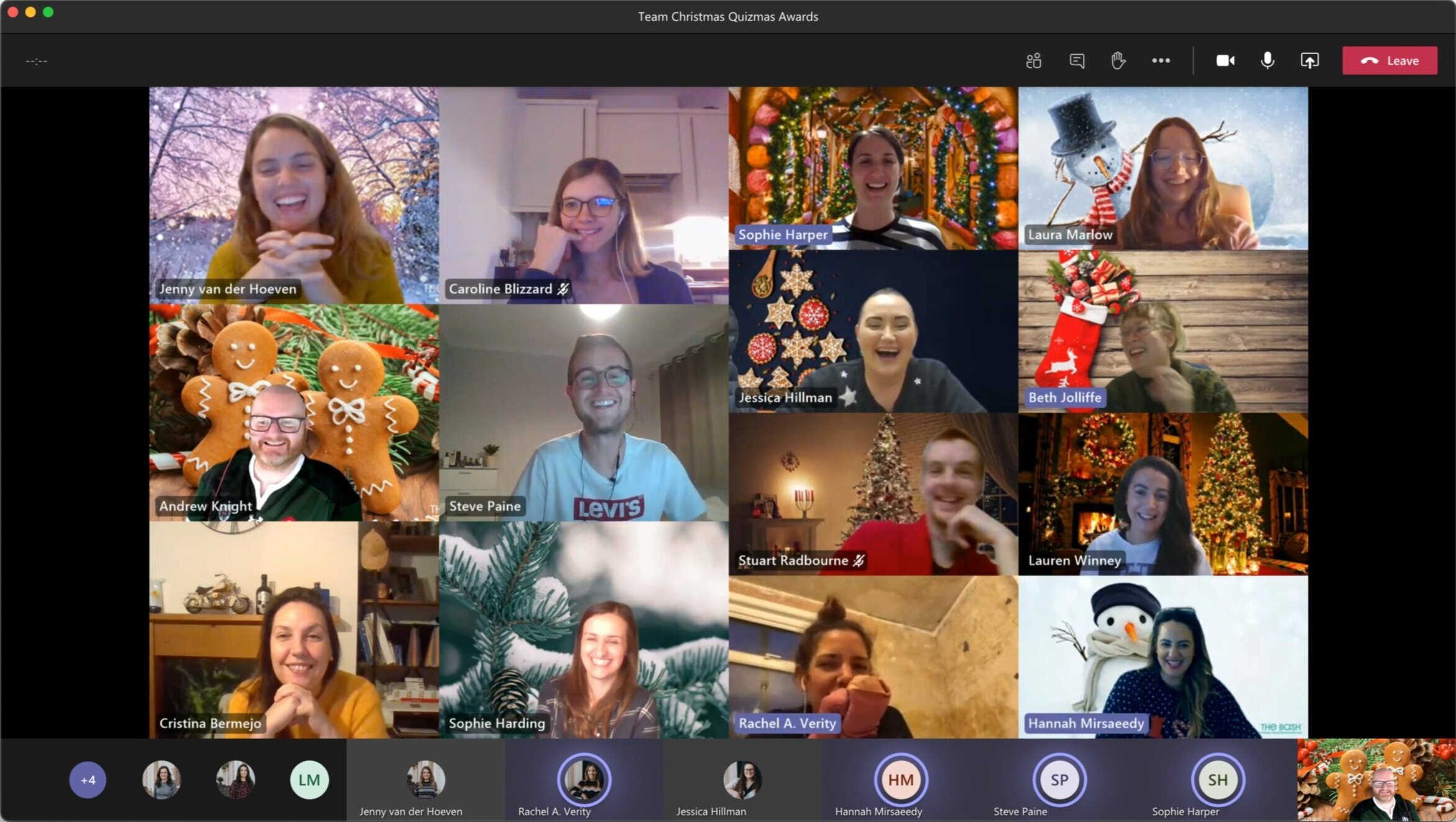Before the article, a word or two about Ukraine 🇺🇦
When I drafted the outline for this article a few weeks ago, I couldn’t have imagined that Russia was about to invade Ukraine. At that time the rolling-news agenda was dominated by #partygate, the Sue Gray report, the Met Police and the ‘toxic culture’ at 10 Downing Street. What a difference two weeks makes.
Like many of you, I’ve watched the news in horror, bearing witness to this unfolding catastrophe through the reports of journalists and the messages from the brave people of Ukraine. And let’s be honest; from my position of relative comfort and privilege, ‘thoughts and prayers’ are utterly insufficient.
If you want to do something to help, you can donate to the Disasters Emergency Committee Ukraine Humanitarian Appeal. By donating you’ll help DEC charities provide food, water, shelter and healthcare to refugees and displaced families. Also, the DEC Afghanistan Crisis Appeal remains open to respond to what the Head of the World Food Programme previously described as “the worst humanitarian crisis on earth”.
I’ve decided to publish this article as planned, because an organisation’s culture and leadership are key to the resilience, productivity and success of its team. This is especially important at times of uncertainty and crisis, whether the cause is close to home and (potentially) controllable, or further afield and out of our control. So, what does your company culture say about you, how you manage uncertainty, and how you support your team?
Can you see what your workplace culture says about your business?
Having a strong workplace culture can be a lifeline in times of pressure or stress. Internal strains aside, whatever’s happening in the world will have an impact on your workforce. Whether the pressures and stresses your team are feeling are as a result of Brexit, COVID-19 or a raging war, a working environment that feels psychologically safe is really important.
Prior to the Russian invasion of Ukraine, the ‘toxic culture’ of both 10 Downing Street and the Met Police dominated the news for what felt like forever. Understanding that culture change is key in transforming an underperforming business is not an alien concept to many leaders.
Most leaders understand the necessity of good workplace culture. The trouble is that even though we know what it means, it can still be hard to recognise what’s happening in our own organisations.
Most leaders don’t know how to objectively measure and assess company culture
In this article, we discuss a few positive and negative indicators that you might recognise from your own business. Lots of positives means Sue Gray is never going to knock on your door…but more than a handful of negatives is a definite red flag.
Think of your organisation as a complex web of different traits, habits, actions … ways of communicating. Johnson and Scholes mapped this out in their Cultural Web tool into six high-level categories, which we’ve unpicked here.
Control Systems
Organisation Structures
Power Structures
Rituals & Routines
Symbols
Stories
What are the positive signs that we have a healthy work culture?
Let me be clear here, the perfect culture does not exist (sorry not sorry to the perfectionists out there). Whenever I work with clients on cultural change, I’m always on the lookout for positive signs of a healthy culture.
Some indicators will be subtle, and some are glaringly obvious. You might have a handle on the formal culture across the business but find gauging the informal culture is much harder.
Culture can be subjective but you can objectively assess the formal and informal elements in your workplace
Formal indications of a healthy work culture
-
Control Systems – colleagues accept responsibility to support and develop others. Balanced decision-making is valued. Information is shared transparently, with no mind games!
-
Organisational Structures – teams work collaboratively. Purpose and strategy are clear to all. Learning from failure is encouraged and there is space to make mistakes without unfair reprisals.
-
Power Structures – clearly delegated authority. Leaders are open to (and seek) challenge. Teams tend to be self-managing. There is a high-trust environment.
Informal indications of a healthy work culture
-
Rituals & Routines – culture of learning and nurturing talent. Customers at the heart of all decisions, inclusivity beyond legal requirements.
-
Symbols – success and failure leading to innovation is celebrated. An informal hierarchy. Strong, organised internal communication tools. Leaders shape culture through their actions.
-
Stories – no rumours or gossip (ok, minimal rumours or gossip), all information is shared, listening is valued, clear guidance on how conflict is managed.
If you only come across positive indications…you’re not looking hard enough!
What are the signs that our culture isn’t doing us any favours?
Reminder: the goal is to check the health of your company culture and it would be weird if you didn’t come across some negative indications, so please try to be open to them.
If you notice one-offs from the list below that might not mean you’ve got a problem; after all, none of us are perfect, right?
But lots of negatives are a red flag and indicate you’d benefit from digging a little deeper.
So take a deep breath…and dive in…
None of us is perfect, but if you notice lots of red flags, it’s time to dig a little deeper
Formal indications of an unhealthy work culture
-
Control Systems – areas of the business where ‘management’ is feared. Sales or performance incentives drive inappropriate behaviour. Processes are side-stepped with workarounds.
-
Organisational Structures – business units operate in silos or with minimal collaboration. Diaries are overloaded with meetings. Promotions are decided based on who you know.
-
Power Structures – leaders make unilateral decisions without adequate consultation. Information is managed on a ‘need to know’ basis. Challenge is absent, discouraged or simply ignored.
Informal indications of an unhealthy work culture
-
Rituals & Routines – communication is a one-way street. Leaders broadcast messages and employees are told to leave their personal life at the door.
-
Symbols – there are unwritten rules about teams, people, or places to avoid in the business. Some teams are higher in the pecking order than others and burnout is a badge of honour.
-
Stories – whispers of toxic behaviour tolerated from high earners or top performers, managers ‘throwing their weight around,’ gossip about leadership conflicts.
If you only come across negative indications…take a step back and check your own blind spots (and biases)!
If you recognise some of these points, consider whether your team feel psychologically safe enough to raise them with you themselves? Having a working environment that allows people to feel comfortable speaking truth to power is a vital part of a healthy company culture.
10 proactive things leaders can do now to influence company culture
It is challenging, but possible, to assess your culture from the inside. There are lots of tools available to assess culture and there are simple things you could try and implement straight away to make your place a better place.
Here’s a link to my list of 10 proactive and pragmatic things leaders can do immediately to influence company culture, split into organisation-wide, team and individual actions.
10 proactive and pragmatic things leaders can do now to influence company culture
Invest in your culture
If you’ve read this far you know it matters! Assess how you can do better – happy, healthy, profitable businesses put aside time and effort into nurturing a positive culture. Assessing your culture needs a coordinated approach and, particularly in a large business with lots of divisions, it may feel like a daunting task.
If it’s too much, an external consultant might be a worthwhile investment. It’s more cost effective to pay an HR expert to do it right first time, than getting an internal team to struggle with it over a longer period.
A fresh pair of eyes will often see more when it comes to diagnosing cultural problems and will be able to help you create a plan of work to implement and manage change.
“Andrew at The Spark Company is a great partner for a business to work with. He combines a practical, no-nonsense approach with good technical knowledge and quickly builds a rapport with existing teams to hit the ground running”.
⭐️⭐️⭐️⭐️⭐️ Google Review
Choosing the right HR Consultant (and get a return on your investment)
Your organisation’s culture and values are essential to your performance and success, but how do you measure them?
If you aren’t sure where to start when it comes to a culture review or diagnostic; or if you’re ready to make a positive change to your organisation’s culture, values and performance, I’d love to hear from you.
Get in touch for a friendly chat about how I can help.
Image credits
Images sourced from Canva Pro and are photographers are not individually credited. If you see one of your photos above, please let us know so we can credit you here.













